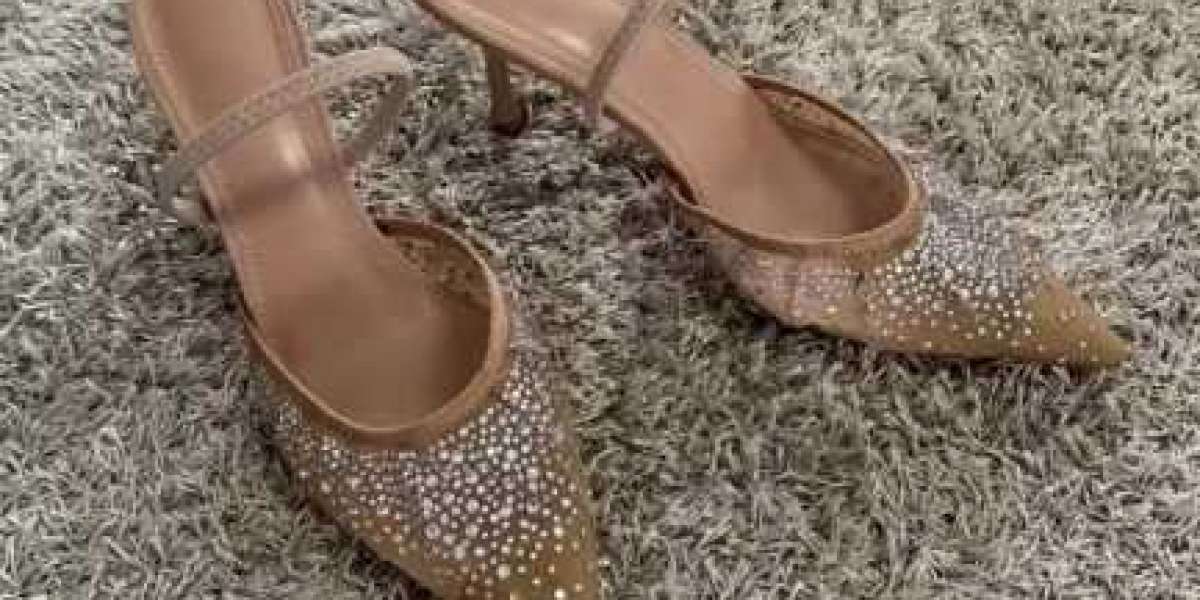High heels footwear has been a quintessential part of fashion for centuries, constantly evolving while maintaining its position as a symbol of elegance, power, and style. The allure of high heels extends beyond their functional role in footwear; they are an emblem of confidence and sophistication, often seen as the perfect finishing touch to an ensemble. But what truly makes high heels a timeless choice for fashion-forward individuals? Let’s dive deep into the factors that contribute to the enduring popularity of this stylish footwear.
The Evolution of High Heels Footwear
High heels have an intriguing history that dates back centuries, originating in Persia during the 10th century. The shoes were initially designed for men to help secure their feet in stirrups while riding horses, which was a practical solution for cavalrymen. However, over time, their purpose transformed into something more symbolic and fashionable.
By the 17th century, high heels had crossed over into women’s fashion, largely due to their association with aristocracy and the nobility. The iconic Louis XIV of France, renowned for his extravagant style, popularized the use of high heels as a sign of status. He even ordered the creation of red heels, which became a symbol of privilege and power within French society. The popularity of high heels continued to grow through the centuries, with styles changing according to the fashion trends of each era.
The 20th century marked a significant turning point for high heels. Designers like Christian Dior and Manolo Blahnik introduced new, creative designs, and high heels became synonymous with women’s empowerment and glamour. Today, high heels are not only a fashion statement but also a testament to individualism, creativity, and cultural trends.
The Intersection of Comfort and Style
One might assume that high heels come at the cost of comfort, but modern innovations in design and materials have managed to bridge the gap between style and comfort. Contemporary high heel designs often incorporate padded insoles, breathable fabrics, and innovative heel structures that support the foot more effectively than ever before.
The materials used in high heel construction have evolved as well. Leather, suede, and synthetic options offer a wide range of textures and finishes, allowing for a diverse selection of styles suitable for various occasions, from formal events to casual outings. While high heels were once reserved for special occasions, they are now often designed for wearability, catering to individuals who wish to combine style with practicality.
High Heels in Pop Culture
High heels have long been embedded in pop culture, serving as symbols of glamour, sophistication, and sex appeal. Icons like Marilyn Monroe, Audrey Hepburn, and later Beyoncé have helped solidify high heels as an enduring symbol of femininity and confidence. They are often seen in music videos, movies, and red-carpet events, further cementing their role as a fashion staple.
The representation of high heels in pop culture also speaks to their ability to transform a person’s posture and demeanor. When a person wears high heels, they often carry themselves with more grace, which is why they are frequently associated with confidence and empowerment. High heels not only elevate the individual’s height but also elevate their presence, making them an integral part of many fashion-forward wardrobes.
High Heels as a Symbol of Empowerment
Over time, high heels have also been seen as a symbol of empowerment. In the 21st century, many women have embraced high heels as a tool for asserting their individuality, professionalism, and confidence. Wearing high heels can make a bold statement, whether in the boardroom or on the street, and has become a common choice for women in the workforce, as they are often associated with authority and professionalism.
Many individuals see high heels as a means of expressing themselves and showcasing their unique sense of style. The endless variety of designs, including stilettos, pumps, wedges, and boots, allows for self-expression through footwear. Each pair of high heels can communicate something about the wearer’s mood, personality, or even attitude. Whether it’s a sleek black stiletto for an evening out or a pair of bold, colorful heels for a casual day, high heels continue to empower individuals by enabling them to embrace their personal style with confidence.
The Social and Cultural Significance of High Heels
High heels carry with them significant social and cultural weight. In many societies, they represent a form of sophistication and elegance, while in others, they signify wealth and status. The varying perceptions of high heels around the world highlight their cultural relevance and their ability to transcend geographical boundaries.
In the fashion industry, high heels are often used as a tool to create an image of exclusivity and luxury. Designers frequently showcase their latest creations on the runways, where high heels are often an integral part of the overall look. The high heel has become a symbol of opulence, often associated with high-fashion couture, limited-edition collections, and bespoke tailoring.
In some cultures, high heels are considered a symbol of femininity and sexual allure. This dual role—representing both elegance and sensuality—has made them a favorite in fashion shows and advertisements, where their ability to convey a range of emotions and attributes is emphasized. The image of a woman strutting confidently in high heels can evoke feelings of empowerment, grace, and self-assurance, making them a universally recognizable symbol in the fashion world.
Fashion Trends and High Heels
As with any type of fashion, high heels have undergone several transformations throughout history. From chunky platform heels to delicate stilettos, the evolution of high heels follows the changing trends of the times. Today’s high heels come in a wide range of styles, from minimalist designs to avant-garde creations that challenge traditional norms of footwear design.
In recent years, there has been a growing trend toward sustainable fashion, with many high heel brands focusing on eco-friendly materials and ethical manufacturing practices. The move toward sustainability has led to a shift in how high heels are perceived, with many consumers now seeking out brands that prioritize environmental consciousness alongside style.
Additionally, the emergence of fashion-forward, gender-neutral heels has contributed to the breaking down of traditional barriers in fashion. High heels are no longer seen as exclusively feminine; they are becoming a part of men’s wardrobes as well, with designers experimenting with gender-fluid designs that reflect the changing cultural attitudes toward gender and fashion.
Final Thoughts
High heels have proven to be far more than just a fleeting trend in the fashion world. Their rich history, cultural significance, and ability to empower those who wear them have solidified their place as an enduring fashion staple. Whether worn to enhance an outfit, convey confidence, or make a bold statement, high heels continue to capture the hearts and imaginations of fashion-forward individuals around the globe.
The evolution of high heels from a symbol of power and status to a versatile, everyday fashion choice speaks to their timeless appeal. As they adapt to modern trends and incorporate innovative design features, high heels remain a symbol of sophistication, style, and empowerment. For those who appreciate the art of footwear and the way it complements personal expression, high heels will always be a go-to choice in creating a statement-making look.




